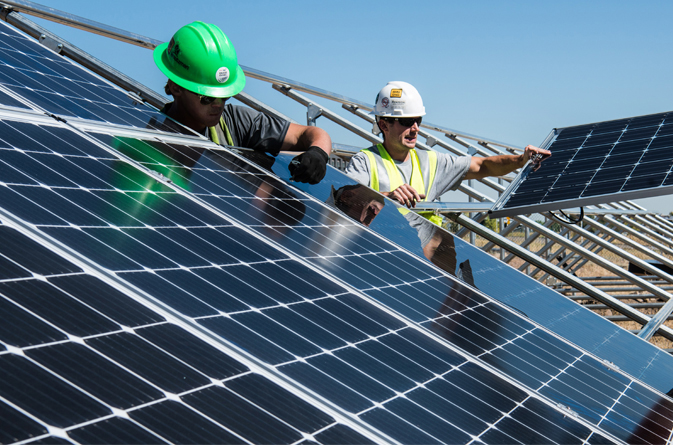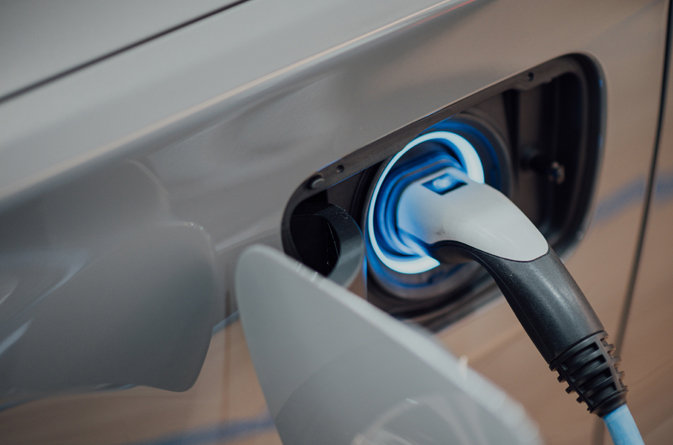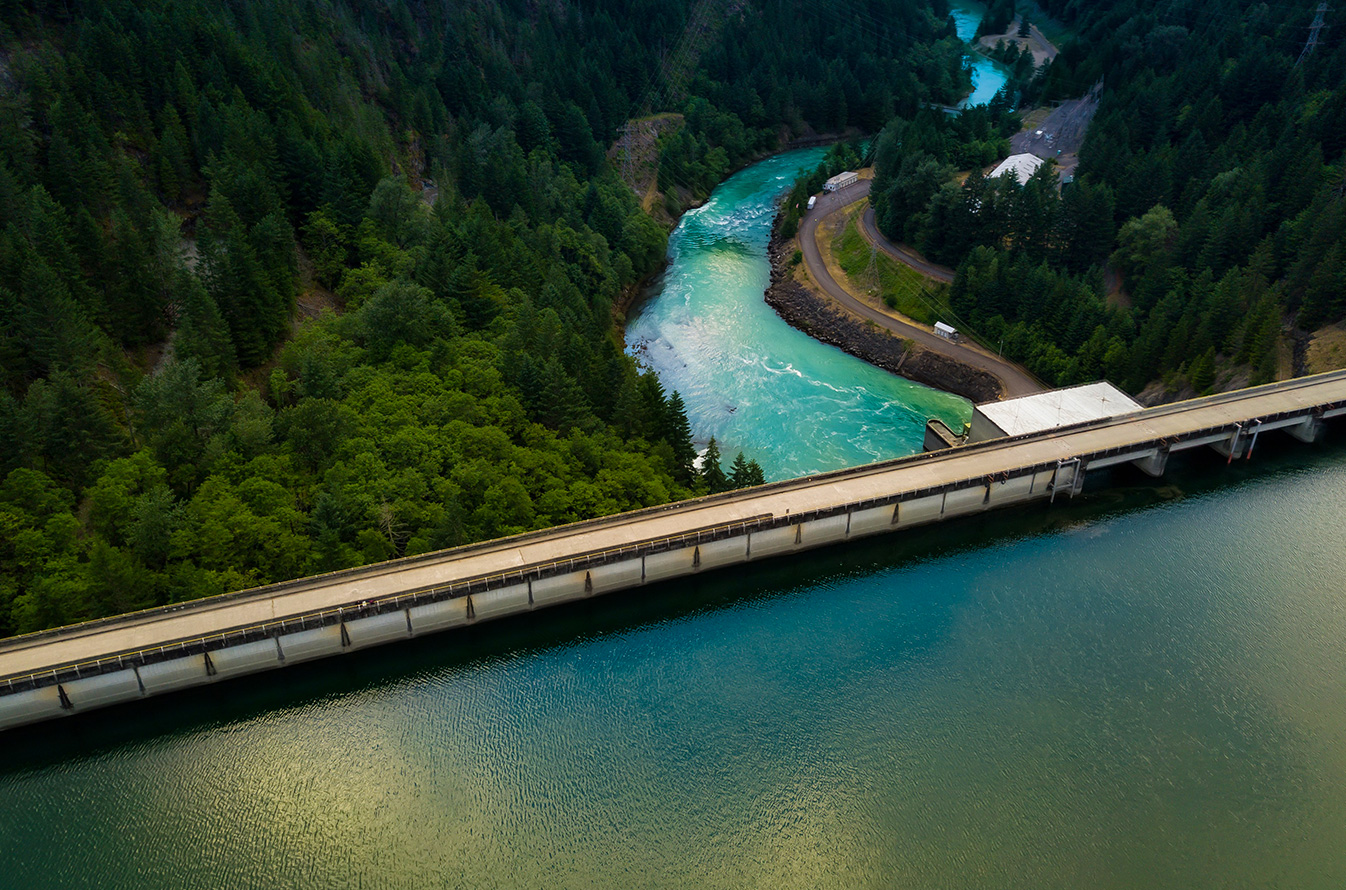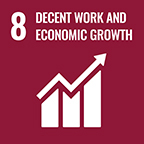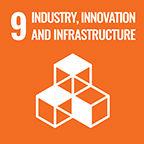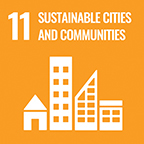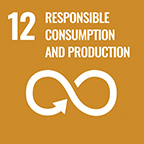ZERO-CARBON ELECTRICITY GENERATION TECHNOLOGIES ARE FURTHER INNOVATED AND ADOPTED GLOBALLY AT SPEED
- Unabated fossil fuel generation is phased out, driven by the removal of fossil fuel subsidies, and the introduction of incentives for net-zero carbon energy and carbon pricing.
- Financial institutions shift investments from fossil fuels to zero- and low-carbon energy sources.
- Clean electricity generation technologies are rapidly scaled up around the world. Solar and wind expand exponentially to make up more than 60% of electricity generation by 2050, while other technologies also play a role.
- Power grids manage increased supplies of renewable electricity through flexible solutions and energy storage technologies.
- Policies ensure that suitable on and offshore areas are available to meet future demand for renewable energy generation, while respecting the rights of communities and protecting biodiversity.
